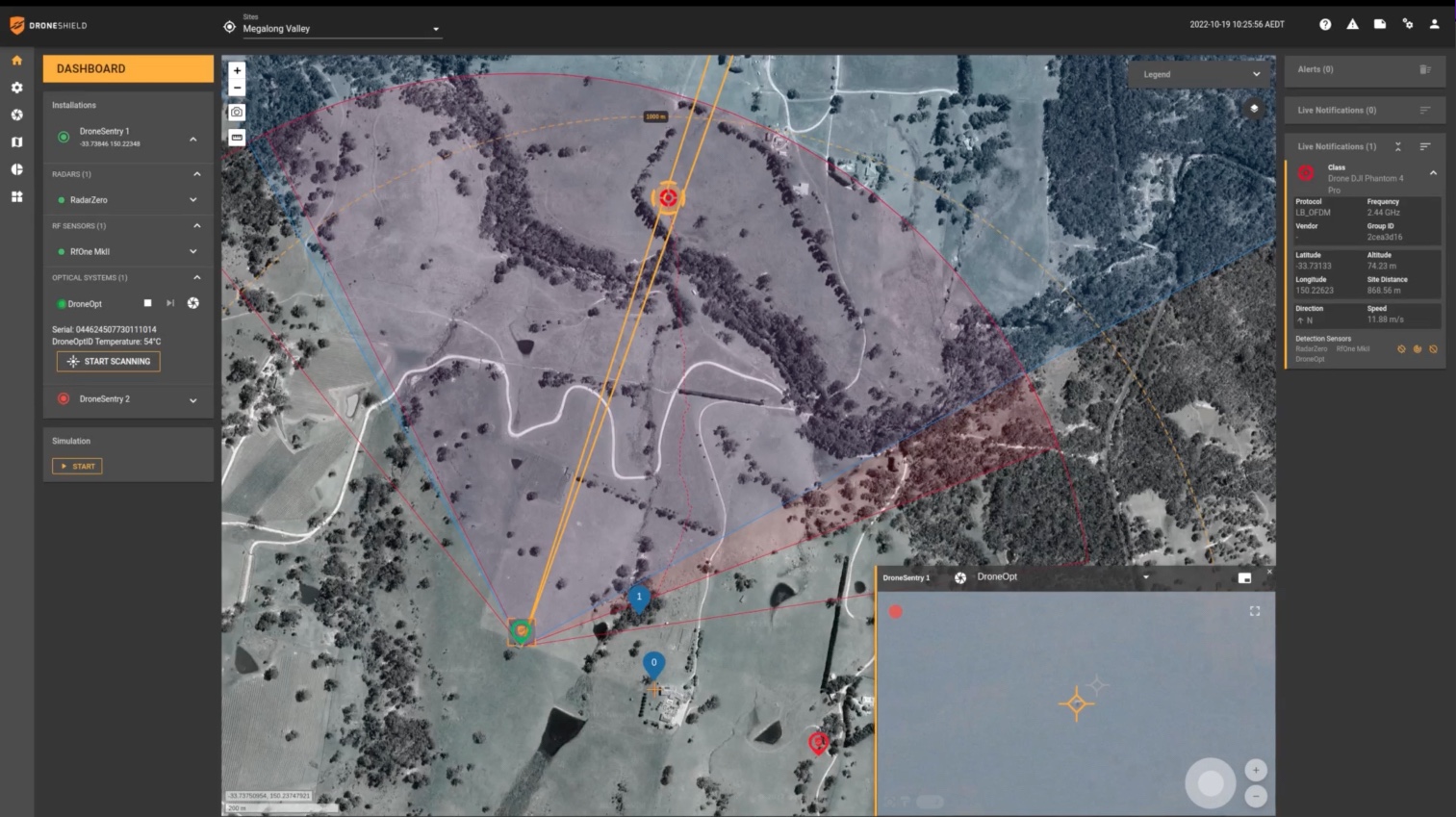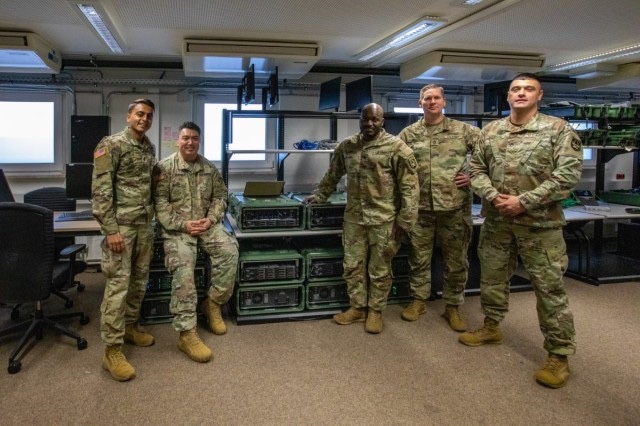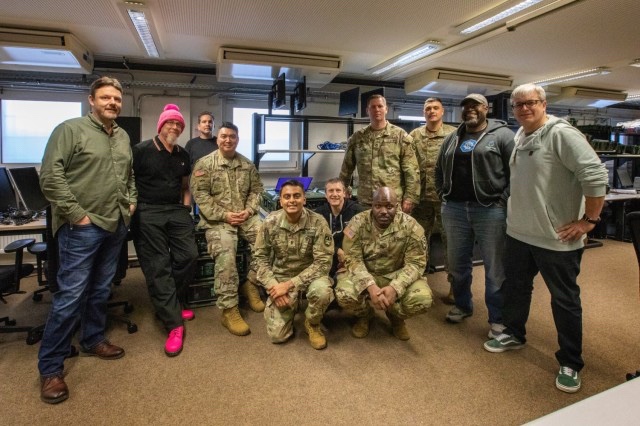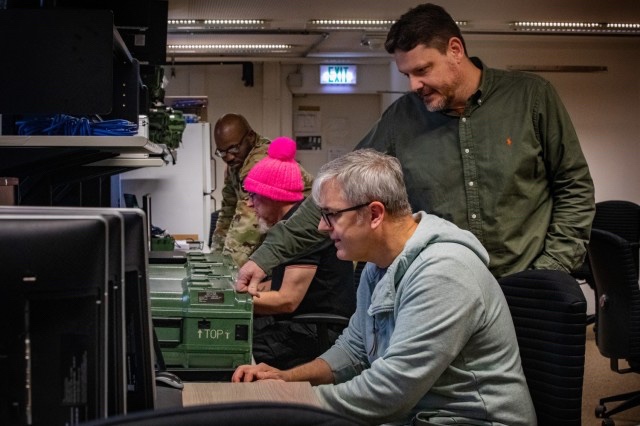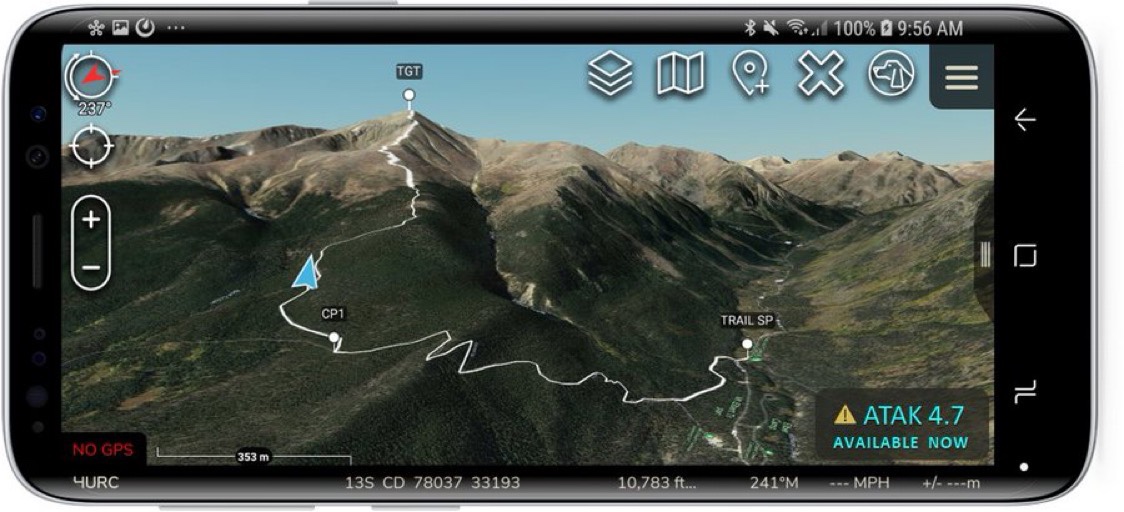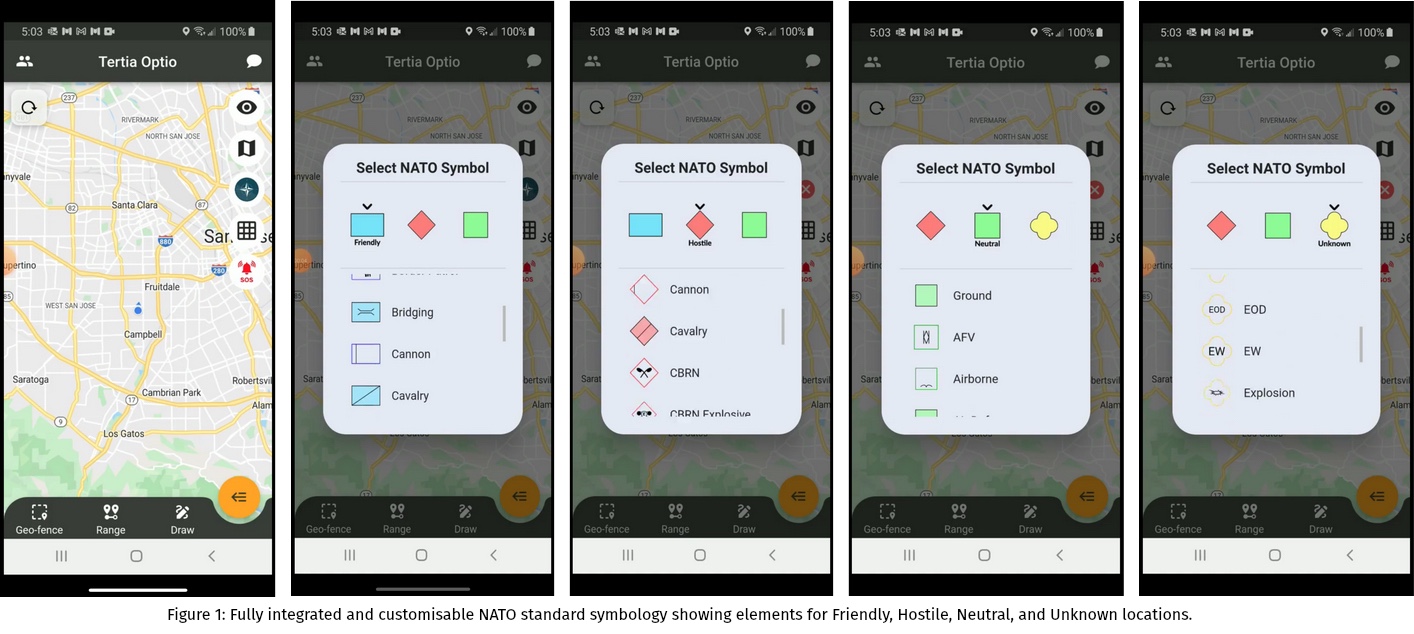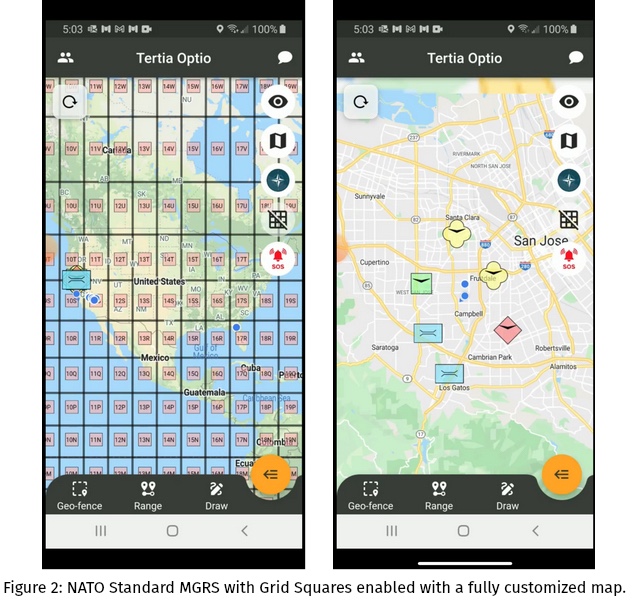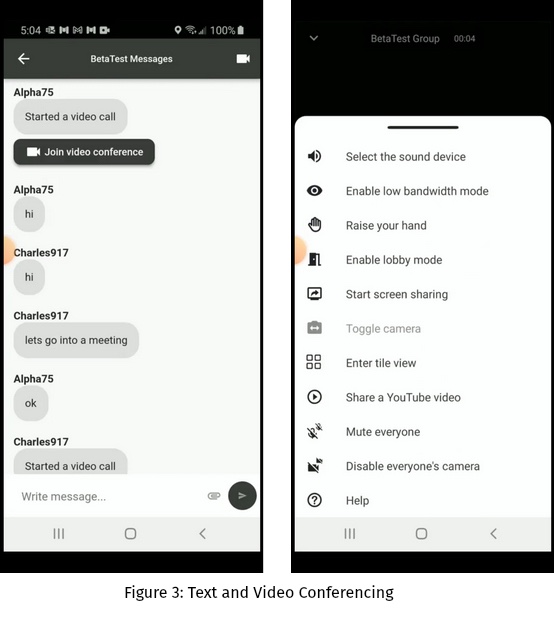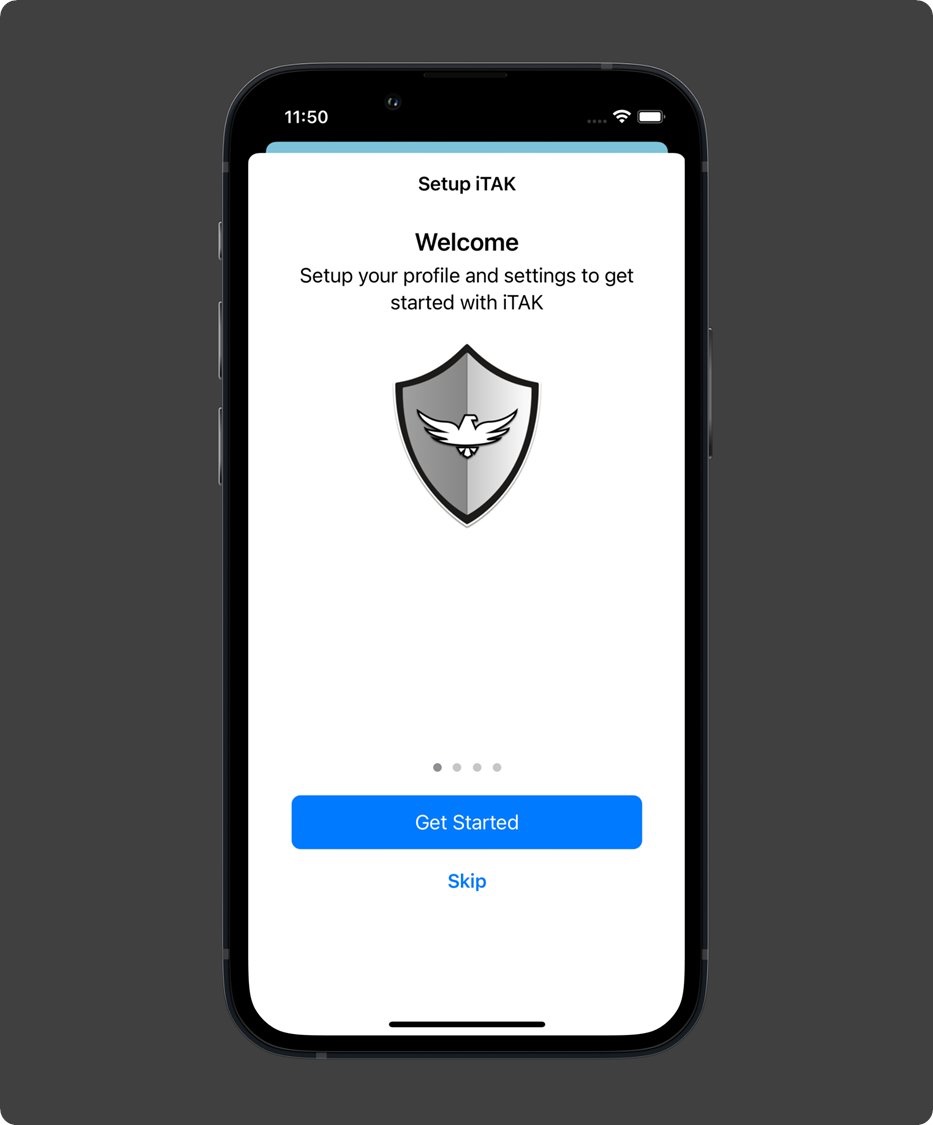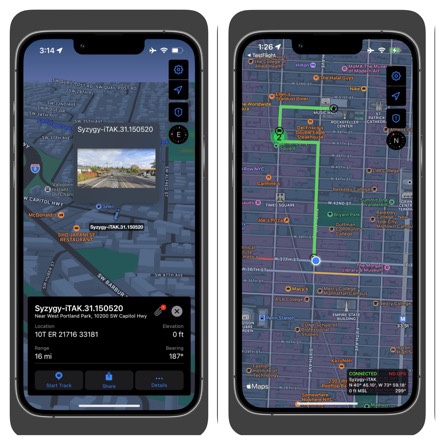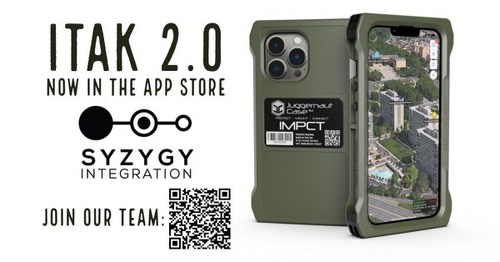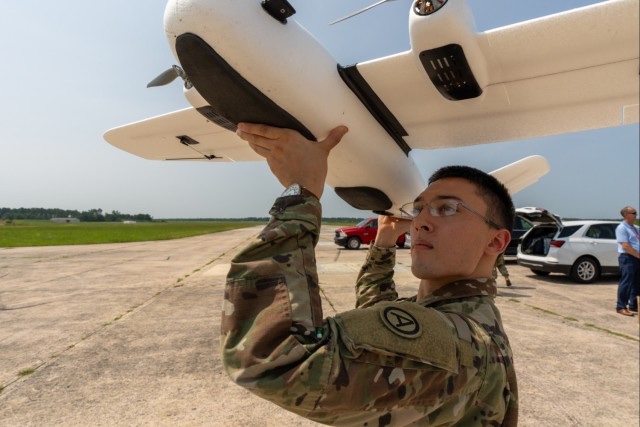
SHAW AIR FORCE BASE, S.C. — U.S. Army Central’s Task Force 39, the team dedicated to developing innovative ideas throughout USARCENT, facilitated a test of CARPE Dronvm at McEntire Joint National Guard Base and Poinsett Range on July 18, 2023.
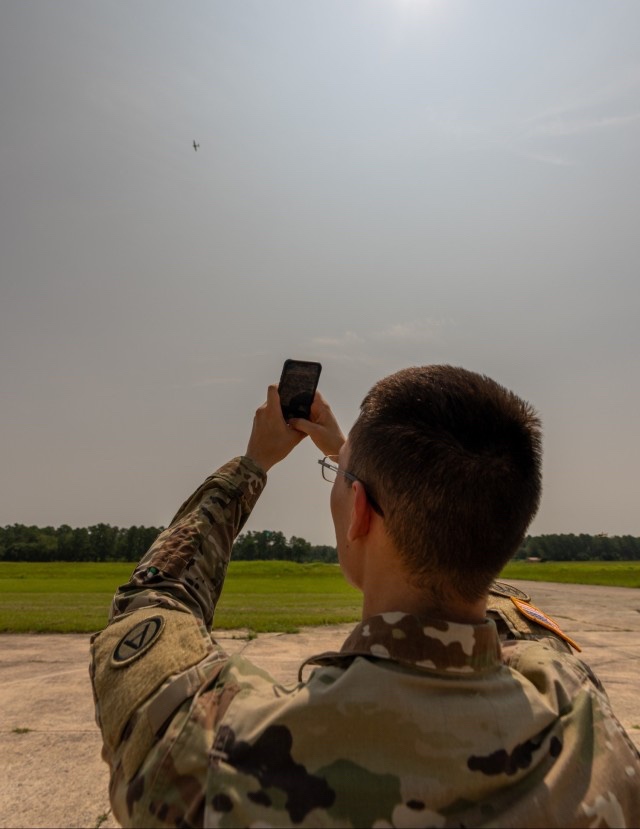
CARPE Dronvm is a DoD funded application developed by MITRE Corporation that uses crowd-sourced information to detect unmanned aerial systems, or UAS. This test used a version of the application on cell phones to detect a UAS. Maj. Travis Valley, the Task Force 39 operations officer, said the potential for crowd-sourced UAS detection increases force protection capabilities.
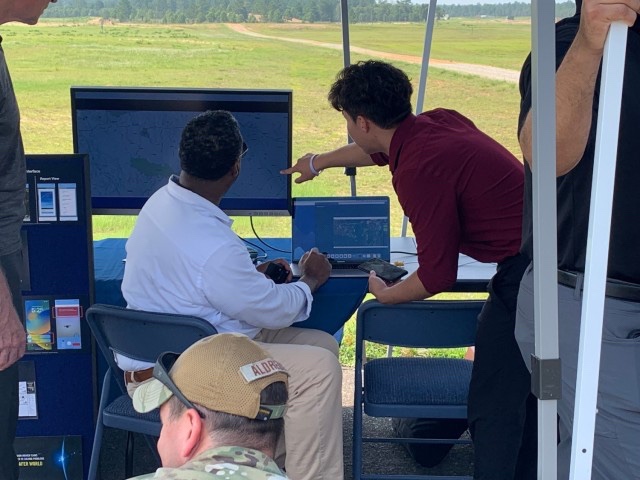
“The CARPE Dronvm experiment, or proof of principle, was a huge success for ARCENT.” said Valley. “This was the largest experiment ARCENT has conducted to date. We expanded the experiment footprint, covering 50 kilometers, with multiple individuals in the area using the CARPE Dronvm app. This was all to prove the CARPE Dronvm app works. It did, in fact it exceeded my expectations on the simplicity of use and the program’s drone detection ability. This has the potential as a force protection multiplier, adding another tool to help protect Soldiers in a deployed environment.”
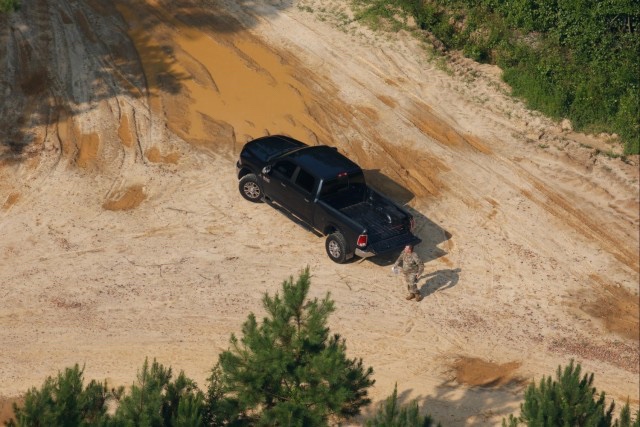
During the test, Soldiers used government provided cellular devices to test the functionality and capability of the application by capturing images of a UAS. The UAS used in the test flew from McEntire JNGB to Poinsett Range to provide the maximum amount of testing space available.
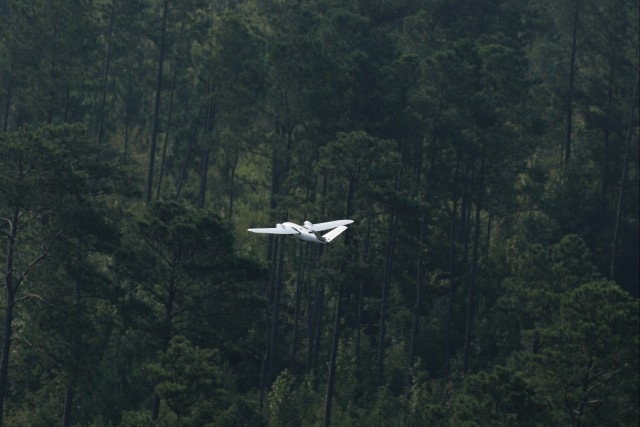
CARPE Dronvm is the result of a U.S. Air Forces Central initiative to develop systems to detect UAS. U.S. Army Central is testing the ability to operate this application at the Soldier level.
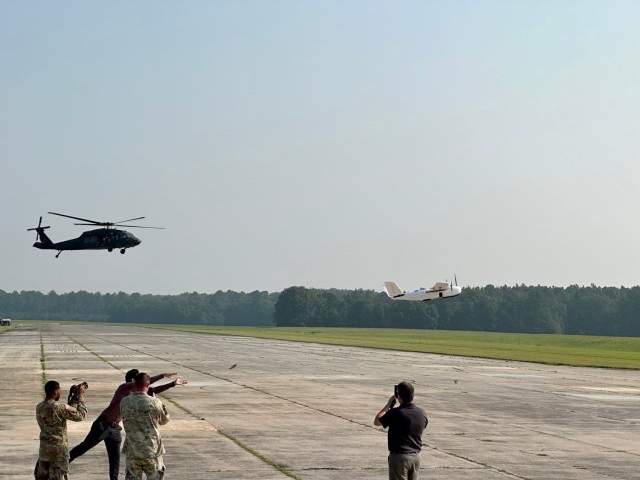
“Countering the drone threat in the U.S. Central Command area of responsibility is essential to keeping our personnel, aircraft and equipment safe,” said U.S. Air Force Lt. Col. Steven Norris, AFCENT counter-UAS cell chief. “Our MITRE partners have been helping make CARPE Dronvm a reality since 2019. Every single warfighter can help sense and warn, creating a comprehensive layered defense that will tie into our existing command and control architecture and increase awareness of threats in the region.”
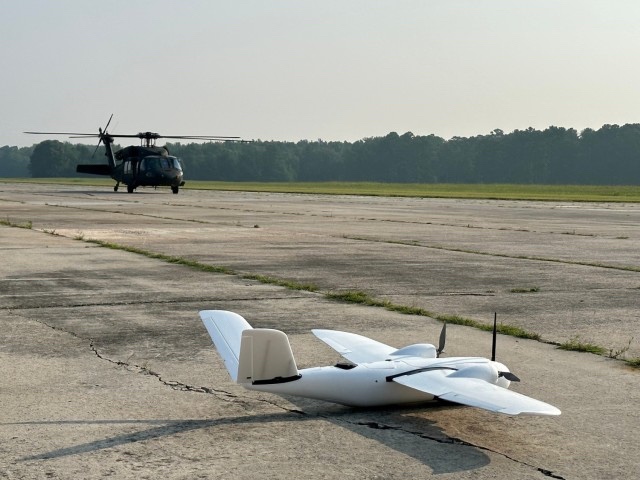
In recent years, the threat posed by UAS increased as malign regional actors continue to use and experiment with this relatively cheap weapons system. Due to its low cost to entry, it is becoming the weapon of choice for potential adversaries resulting in rapid technology proliferation and increased employment. Lt. Gen. Patrick Frank, the USARCENT commanding general said his command is focused on developing technologies to counter this threat.
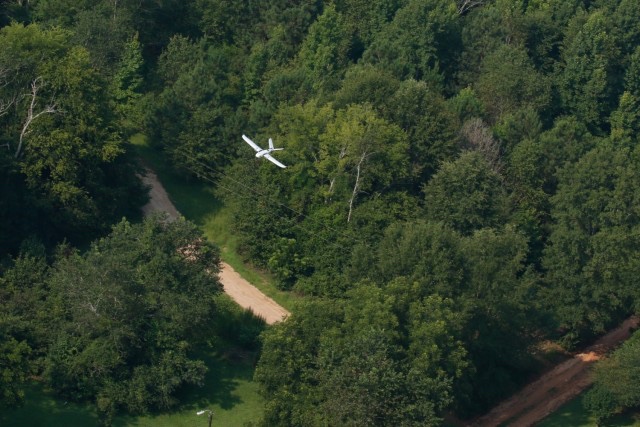
“The UAS threat is a shared security challenge for the U.S. and our regional partners,” said Frank. “To combat this threat, CENTCOM and USARCENT will test and field counter-UAS systems. The advanced measures we intend to pursue regarding innovation and experimentation will provide critical, real-time data to inform Army and defense decisions on counter-UAS technologies.”
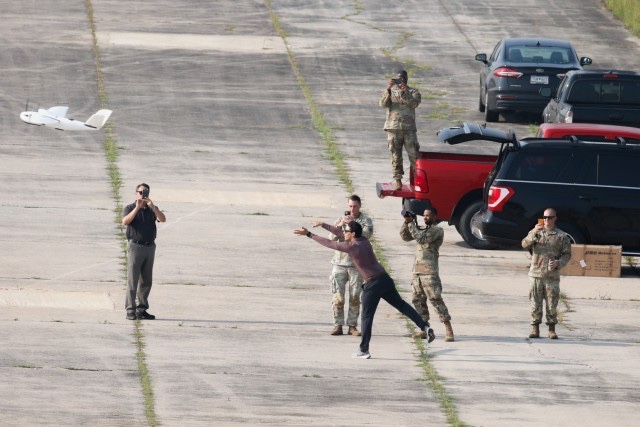
United States Army Central is the U.S. Army service component command for United States Central Command and is responsible to the Secretary of the Army for the support and administration of more than 12,000 Soldiers, including those assigned to joint task forces and embassies, across the 21 countries in the CENTCOM area of responsibility.
Story by CPT Richard Moore
Photos by SFC Michael Behlin, SSG Leo Jenkins, and SGT Amber Cobena


